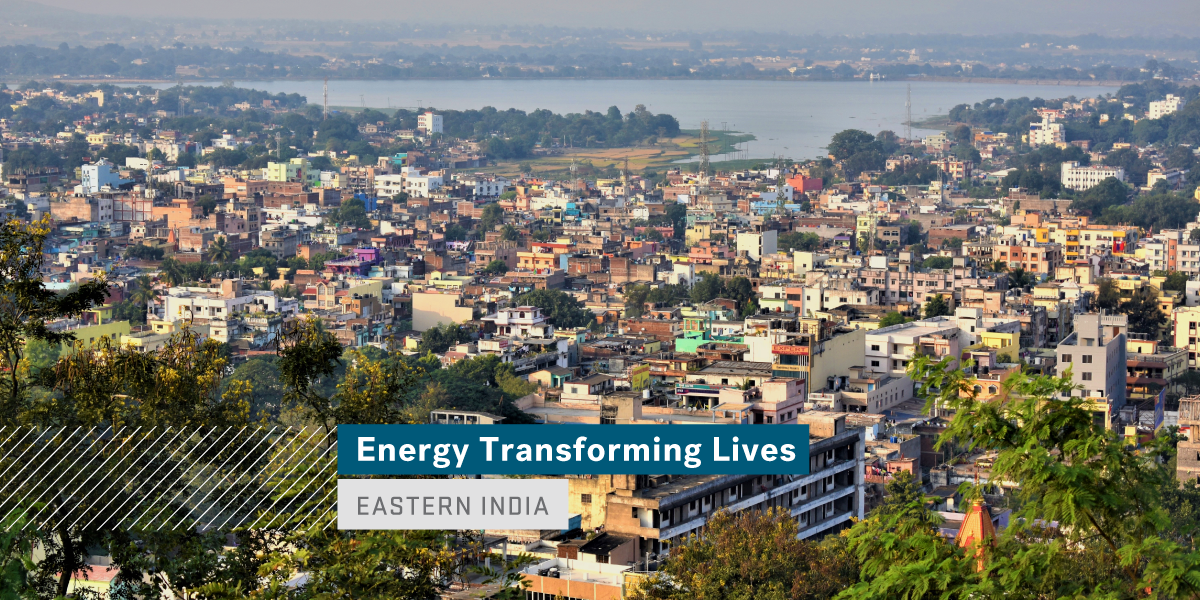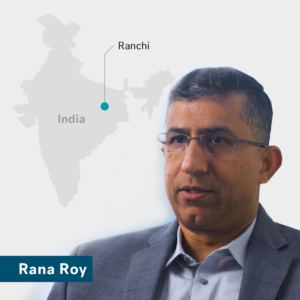

Growing up in the town of Ranchi, India, in the 1970s and ’80s, Rana Roy, APA vice president of Drilling, Completions and Workovers, faced numerous energy security challenges. Electrical power was intermittent at best, lasting only six or seven hours each day. His family’s meals were typically cooked over coal or firewood, producing toxic fumes that were trapped in their small apartment kitchen. As a child, Rana recalls being awoken by a stubborn cough each morning, likely due to smoke inhalation from the coal-fired stove.
“Smoke would fill the small flat every morning and it would be everywhere,” Rana said. “At times, there would be coal or firewood shortages, making cooking a luxury. Energy
resources were scarce, so we had to work with what we had.”
It was not until Rana was in high school that his family was able to access liquefied petroleum gas (LPG) to replace coal and firewood in their kitchen. Residents from Ranchi and surrounding villages waited in never-ending lines for the coveted LPG cylinders, knowing the difference cleaner energy would make in their lives. Soon, quality of life drastically improved for both Rana’s family and communities in surrounding areas that were able to access clean cooking fuel.
Forty years later, Ranchi has blossomed into a bustling city and industrial center, boasting a vibrant railway station and software technology parks, and was recently named the capital of Jharkhand state. Rana has witnessed this transformation during visits to India, where his family still resides.
“It’s astounding to see the change that has taken place in Ranchi and surrounding areas since my childhood. The city has made leaps and bounds that were hard to imagine 40 years ago,” he said. “I think that affordable access to energy plays a very important role in uplifting people’s lives. I’m deeply proud of the work I do in an industry that positively impacts generations of people, myself included.”